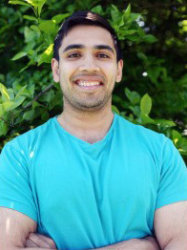BibTex format
@article{Suel:2021:10.1016/j.rse.2021.112339,
author = {Suel, E and Bhatt, S and Brauer, M and Flaxman, S and Ezzati, M},
doi = {10.1016/j.rse.2021.112339},
journal = {Remote Sensing of Environment: an interdisciplinary journal},
title = {Multimodal deep learning from satellite and street-level imagery for measuring income, overcrowding, and environmental deprivation in urban areas},
url = {http://dx.doi.org/10.1016/j.rse.2021.112339},
volume = {257},
year = {2021}
}

